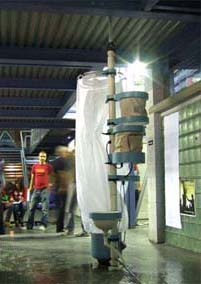

Memory collective, personal, live or dead, active or inactive. Memory which characterizes, represents societies, cities, entire teams of persons, or even if the each person separately. Then precisely it is that we speak for personal, individual memory. Memory incorporated with the personality of each one, which follows him, but also guides him.
Experiencing for concrete time interval some space, a city, in the substance one lives in its interior, lives with it, lives it. The parameters of identity of space, but also time, are not absent, without it means that bigger extent of space and bigger time interval amount with memories more intense, live or more generally decisive.
Beginning and finally constitutes the stain that each one of us leaves in a city, spaces from them has passed, in which he has stood or resided. Spaces that are connected with persons, situations, incidents, however have always to make with the personnel. Moreover they do not interest no other.
Signaling the points of personal memory above in the web of the city, this immediately changes person, form, picture. Stresses certain points more, leaves other in the dark and other renders in place neutral. It constitutes the personal city. These points constitute the activators of memory. They are the 29 indicators that will lead to the end.
Studying them, but also the marks of personal memory that these emits, is rendered the need of their indication and their projection. They are faced separately, but also collective in the effort of the appointment of their identity, always with particular criteria.
Above, in, outside, front, near, opposite by these 29 points are placed elements of indication, barkers, opening the street that something happens in them and seeking then the visit and the attendance, the assimilation. These elements become “one” with the city, the buildings, the streets, the squares, following each lines, in harmony with the environment.
At the same time, in "internal" each one of the 29 points the personal memories is incorporated with the tenants of block of flats, the persons which have a seat in a square, the students of academic group, persons of a space of recreation.
Coming back in the named barkers, these have concrete form. They are constituted by pieces of concrete dimensions, which are differentiated. Their origin? 2 hours, 1 sorrow, 3 objects and 2 persons. Or 1 unpleasant, 1 cause, 3 results and 5 dates.
All the memories are in lists and combining their concrete members, result these indications. Indications, which, then, are placed under, in the space of harbour. In every city, which is near in the sea, the harbour constitutes it decisive and nodal point. Moreover, the memory, scattered in the city, it is diffused in this and the direct consequence is to be poured in the sea, via the harbour.
Thus results a space of projection of personal memory, which includes values and constants emanating and always based on the 29 reasons that led to this. Spaces of movement and attitude are differentiated, leading to the familiar, with the personal memories already have taken their place, in order to lead to the end.
Supervisor: Stylidis Iordanis
Reference Number: 137




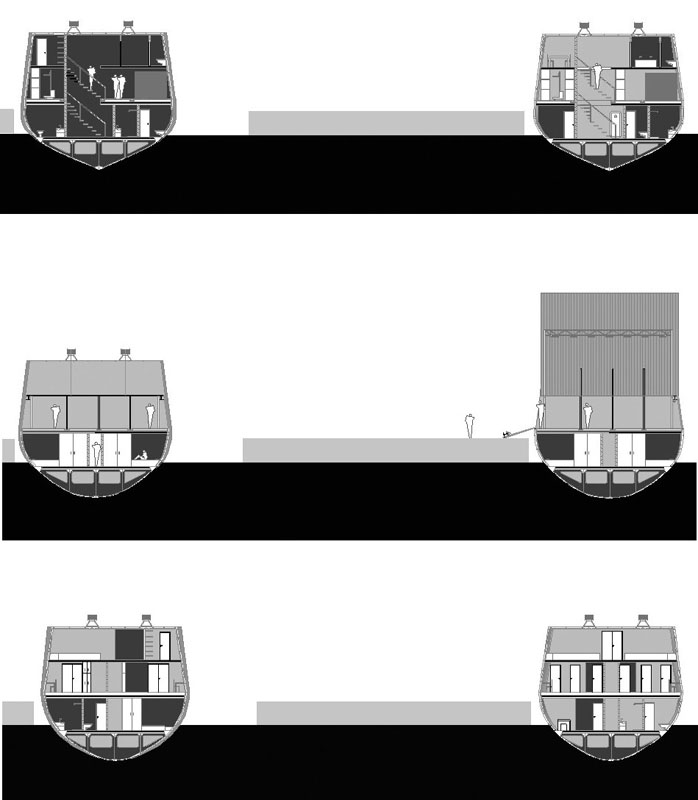





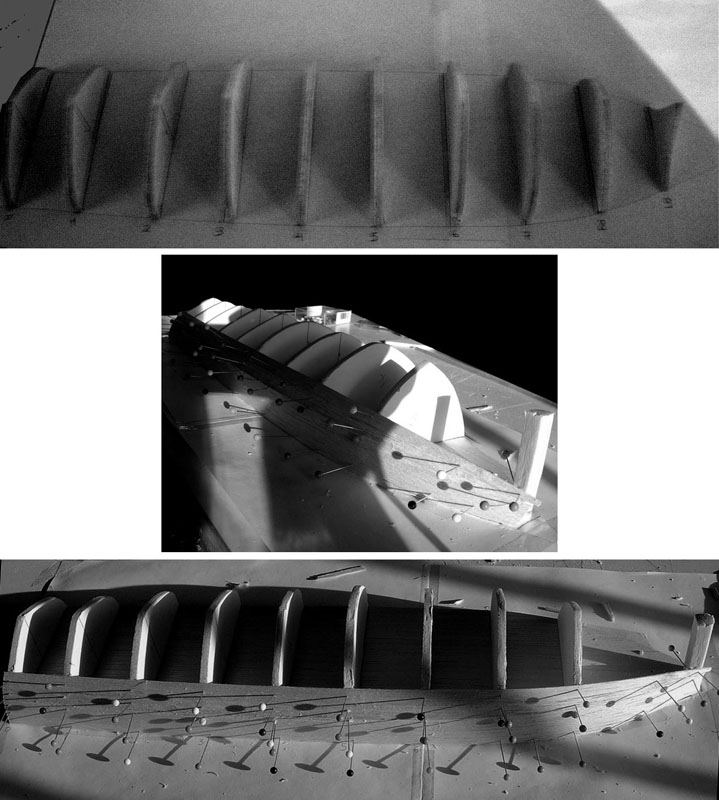

The aim of the following dissertation is to examine the study and the design of a theater that travels through Mediterranean ports containing cultural level.
It could be assumed that theater plays are a kind of exchange between artists and audience that looks like commerce. This is the reason why renowned commercial ports are chosen in order to develop not only the trade but also their cultural level.
For the design, the concept of trade and transfer is obvious. The designed boat serves the transfer of the core, actually the stage and its compartments (dressing rooms, setting storage, living room, engine room, dinning rooms, and cabins).
As in containers in the center is the product which is being traded, in the water theater the center is its core, in other words the stage. The only outdoor space is the stage’s roof which is an access from the dinning room to the living room and vice versa. That is because part of the concept calculates a more functional space saving. Another part of the concept is the symmetry, which is indeed compulsory for the float of the boat.
The water theater is designed to travel in different ports and perform plays. The boat turns to the side and the roof is lifted by cranes and then the catapult drops on the dock and reveals the stage. The stage is protected when the boat is traveling but the view is not prevented at the time of the play.
At the stage’s level exist stripes that panels are setting and the scenery are formed. For the lighting study are necessary a tress that surrounds the stage and two rows of lights that are placed below the double t on the two catapults.
The spectators are seated on the dock which according the shape and the dimensions of the stage, the capacity for the sitting audience is 350.
At the view is obvious the closed box that is transferred by the boat, which is going to open in every port and then deliver the cultural level. The windows are in such positions that make visible the function on each space that surround the boat’s core.
The whole proceeding could be like a gestation that starts in a port and be born at the next.
Supervisor: Papadopoulos Spiros
Reference Number: 139


The landfilling procedure is famous in Thessaloniki. As a result the coastline has turned into a rectilinear waterfront, losing all natural wharfs and shores.
The piers represent the expiation towards the sea. They are ways and places that communicate (connect) to other spots of the city. The sea courses, the seaside activities that include paved promenade, culture places, celebrated fish restaurants and former swimming shores were causations and solutions of this project.
The new land platform carries dipoles that work together and create firstly, the proper conditions of relaxation and entertainment for different groups of people and secondly the facilities that serve the fishermen of the area.
Trawler marina – Ship marina
Parking lot – Marinas
Fast Fish- Remvi Restaurant
Remvi Restaurant- Summer Pool Remvi
Promenade ramp - Urgent Stair
Sound of the sea- Sound of enclosed sea
The Everyday Need- The Entertainment
Supervisor: Gavrilou Evelyn
Reference Number: 136
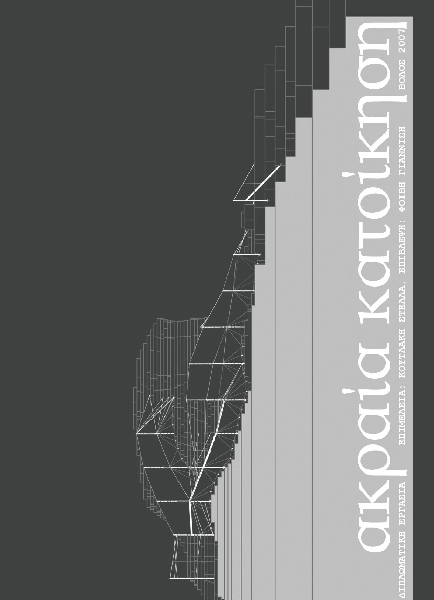

By his nature, man is restricted to move around on one “earth”. Apparently, he is indispensably linked to the horizontal level. Even if there is no horizontal level, man will have to create it in order to exist within that surface.
Within a structural methodology, the idea of creating a ‘knitten’ dwelling was perceived. The dwelling is fixed on a horizontal framework, which is bent and coated so as to formulate a house. It has the shape of a needlecraft made out of wire-netting, so as a spider spins its web.
The structure materials, not being regular building materials, acquire a self-activity and function equally well on the sharp relief rocky surface as on a vertical side of a wall. Each wire spoke’s dimension is flexible in order to follow the limitations of the rocky surface and adapt to its morphology. The design of this model-dwelling was fulfilled after the experimental in situ application of the structure, which served as a moto so as to improve some structural details and to confirm its feasibility.
Finally, this model-dwelling may be used as an independent unit or provide a wide range of applications and compositions on a non-horizontal surface. It might be used as either plain ground, corridor, sleeping nest or room. On the same structure, a complex of public, entertainment or dwelling spaces might be applied. An indicative place to create such a structure was located in the area of Agios Onoufrios, Magnesia, near the chapel of Agios Nikolakis. The model-dwelling was therefore constructed on the steep slope of a rock to operate as a model-hospice by the local Mountaineering Club, a space to acquaint oneself with the rock and experience the extreme habitation.
Supervisor: Giannisi Phoebe
Reference Number: 122


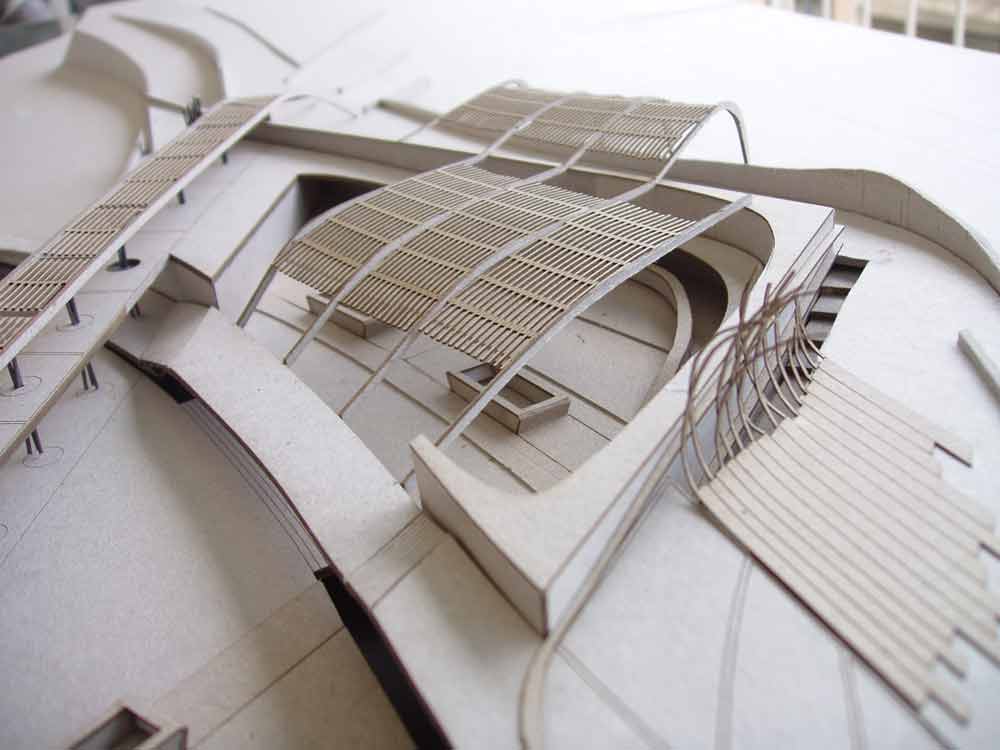

The human wandering in the cityscape is done most of the times, in a rather fast, non well controlled way. The time spent on this activity, seems to be the minimum possible. Being so much, as well into the noise of the city, as into the view of the streets and the five storied buildings, the man is looking for delight in the fake, in an “antique routine”. During the last few years, there has been a constant human movement towards the villages. There, is where you can find the forgotten, natural landscape_ an image that the citizens of the big cities want to preserve, no matter what. Moreover, their actions are now well planned. That is to say, they follow the already existing pattern and through that they create the inhabited space. This essay is following the thoughts of the immigrant- city citizen. I am trying to embrace the natural landscape, create spaces where the human could have a break from the routine of the every day life and indeed LIVE the moment when he SEES something natural. We find ourselves in a neglected beach, in New Pagases, Volos, in a spot with a rich historical background, forgotten, though, today. The sand and the water favor the contact between human and land. The human, on his side, leaves his marks and feels as if he had instantly made the space around him, his own, private space. However, later on, the water comes to erase these marks and leave the landscape as it was before. I try to create a leisure space, open all day long, open to anyone who wants the contact with the landscape. The reason why this space is not covered by a roof is to underline the already existing attitude of the human, to look up, in the sky.
Supervisors: Philippitzis Dimitris, Gavrilou Evelyn
Reference Number: 128


The subject of this dissertation focuses on the shaping of the coastal front of the area Karavola in Heraklion city. The area of the dissertation is defined, by the Venetian walls at the east, the Giofyros river outfall on the west, and the coastal road on the north. Until recently this particular area was completely unshaped. Even after the creation of the new coastal road and the removal of the old buildings from the picture, the area between the road and the sea remained empty and shapeless.
The city of Heraklion until recently was an introvert city, with no expansion room towards the sea area. The region of Kaminia until the creation of the coastal road, was one of the most undervalued and notorious regions of the whole city. Nowadays the new section of the coast that was created plays an important role, since it constitutes the frontage of the city towards the sea, and at the same time it is also a significant opportunity to turn the city’s attention to the sea.
The relaxation areas were mainly placed in the city’s center, and until recently there were just a few temporary constructions in the coast area. The purpose of this dissertation is the reinstitution of this section of the city with new areas of promenades, parks and relaxation areas.
Supervisor: Triantafillidis Giorgos
Reference Number: 150
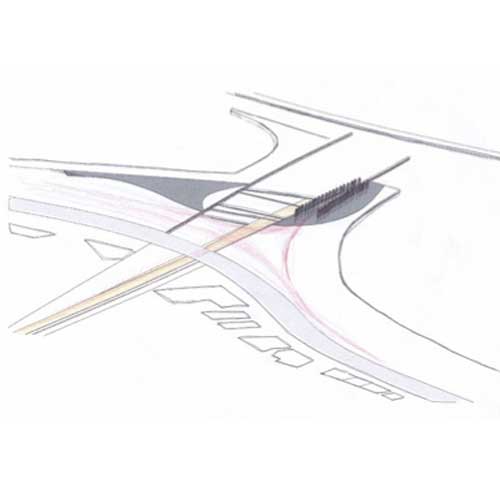

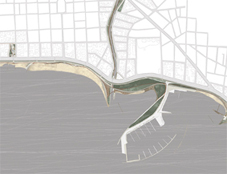

The general district of Faliro, was mentioned as the first and oldest sea outpost of the city of Athens, as far back as in the ancient years. Today it still comprises its shortest route to the sea.
It is due to this property, that the coast line of this general district has undergone numerous modifications during the last 40 years and that there has been made also a plethora of propositions with respect to its utilization.
Up to the 1950’s, this area was considered the prime bath of the citizens of Athens.After the 1970’s however the coastline suffered a series of terraforming which came between the intimate relationship of the people who lived there with the sea. These operations have been taking place separately from each other and luck consistency, since they are not part of any major evolution plan. The reasons of this are mainly of financial nature. There are a lot of conflicts, due mainly to private interests as to the taking advantage of the area.
It must be mentioned that the most important and of grand scale reformation occurred during the Olympics of 2004 and consists of the formation of two Olympic poles (Cape of Faliro-Faliro Delta and Elliniko) and the re-instatement of the tram line along the coastal axis.
In this essay, a part of the above mentioned coastline, from the Faliro cape up to St. Kosma (Elliniko) was examined in order to assess its present state and to discover any malfunctioning areas, created by the reformations that occurred to the coastal front. A part of the examined area was selected to be resolved graphically. It extends from Flisvos to the Alimos marine and was selected because it has suffered the least consequences of the reformations. It is the single remaining open space of the general district that managed to preserve its immediate access to the sea and to develop some unique area characteristics as well. The city’s contact to the coastal front is however violently disrupted by the existence of the greatly sized Alimos marine.
The goal of this endeavor is the reinforcement of the city’s connection to the coastal front. To present the opportunity of a better interconnection of the partial areas by reorganizing parts of them functionally and thematically.
Towards these means it is proposed to :
• Design a new square, open to the sea
• Transform the Pikrodafni creek into a linear park
• Transform the Alimos marine into an isle of natural habitat, which apart from marine usage will also offer space for recreational activities, and
• The interconnection of the above areas via a street network for pedestrian and bicyclists.
All of the above should lead to a smooth transition from the urban to the coastal front, with respect too the natural surroundings and having men and their activities as a point of refference.
Supervisor: Trova Vasso
Reference Number: 145


